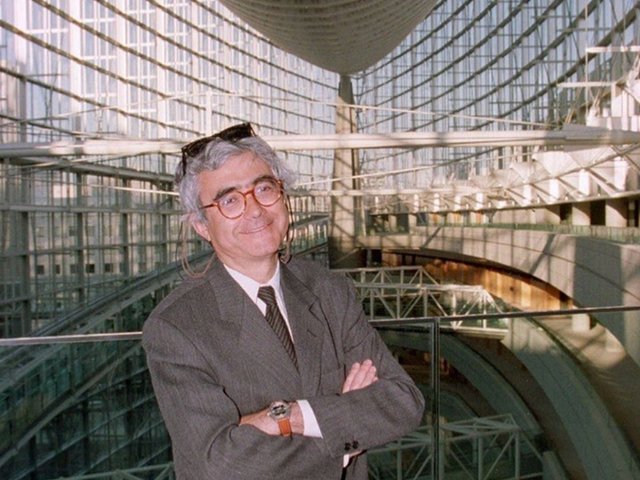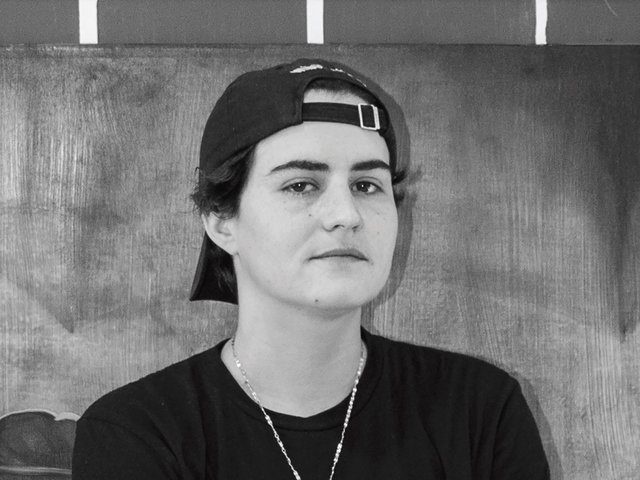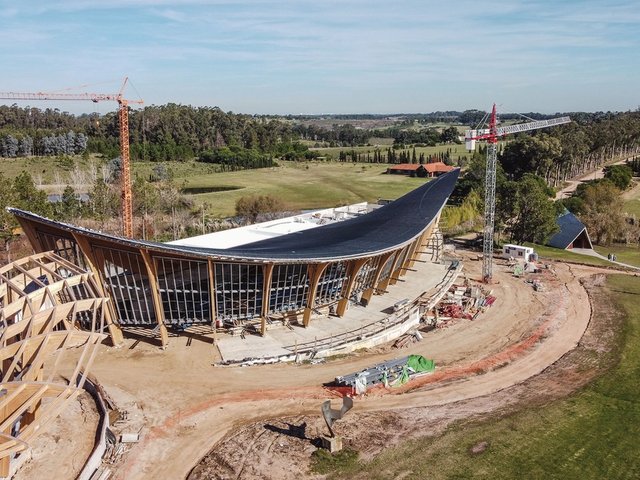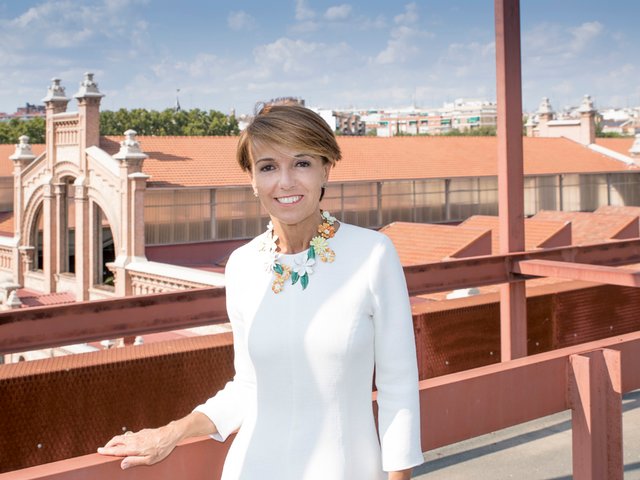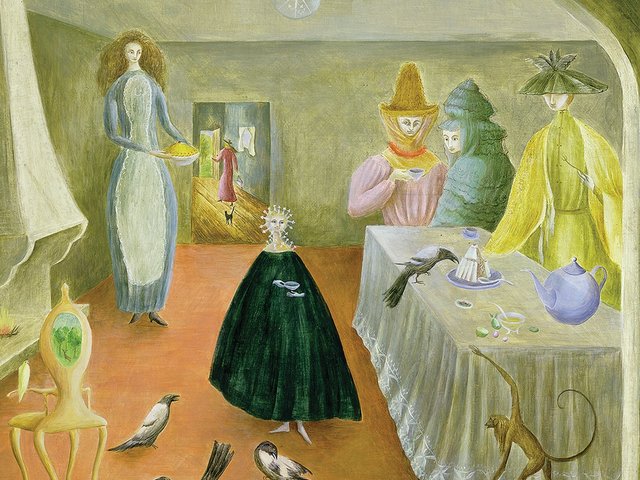“Here, only the wind is in a hurry” is written on wooden signs along the sandy streets of José Ignacio, a peaceful and exclusive village on Uruguay’s coast. Some compare this quaint resort town, located near Punta del Este, to a South American Saint-Tropez. It is tiny and known for its beaches and dramatic sunsets over the Atlantic. José Ignacio has only about 300 permanent residents, but every summer it becomes a magnet for travellers from all over the world, attracted by the safety, exclusivity and luxury of this former fishing village.
Here, among dunes, lagoons, sand and sea, stands the Fundación Cervieri Monsuárez (FCM), a contemporary-art space designed by the late Uruguayan architect Rafael Viñoly shortly before he died in 2023. (Viñoly is known for designing the Tokyo International Forum and New York’s Jazz at Lincoln Center, among other buildings worldwide.) FCM hopes to transform the area into a new hub for Latin American art by remaining open year round—unusual in a region that mainly comes alive in January, when the warm sun shines for 14 hours a day.
At the end of June—the middle of winter there—FCM opened the exhibition Latente (until 7 September), a reinstallation of the Uruguay Pavilion from the 2024 Venice Biennale. In the work, the artist Eduardo Cardozo imagines a poetic and material dialogue with the Venetian painter Tintoretto. Unlike other national pavilions in Venice that chose to highlight explicit messages about migration, gender or Indigenous people, Uruguay opted for a kind of eloquent silence—evoking not displacement, but rather connection and friendship. The project, which was originally curated by Elisa Valerio, is helping shape the cultural life of this seaside town outside the confines of its busy tourist season.
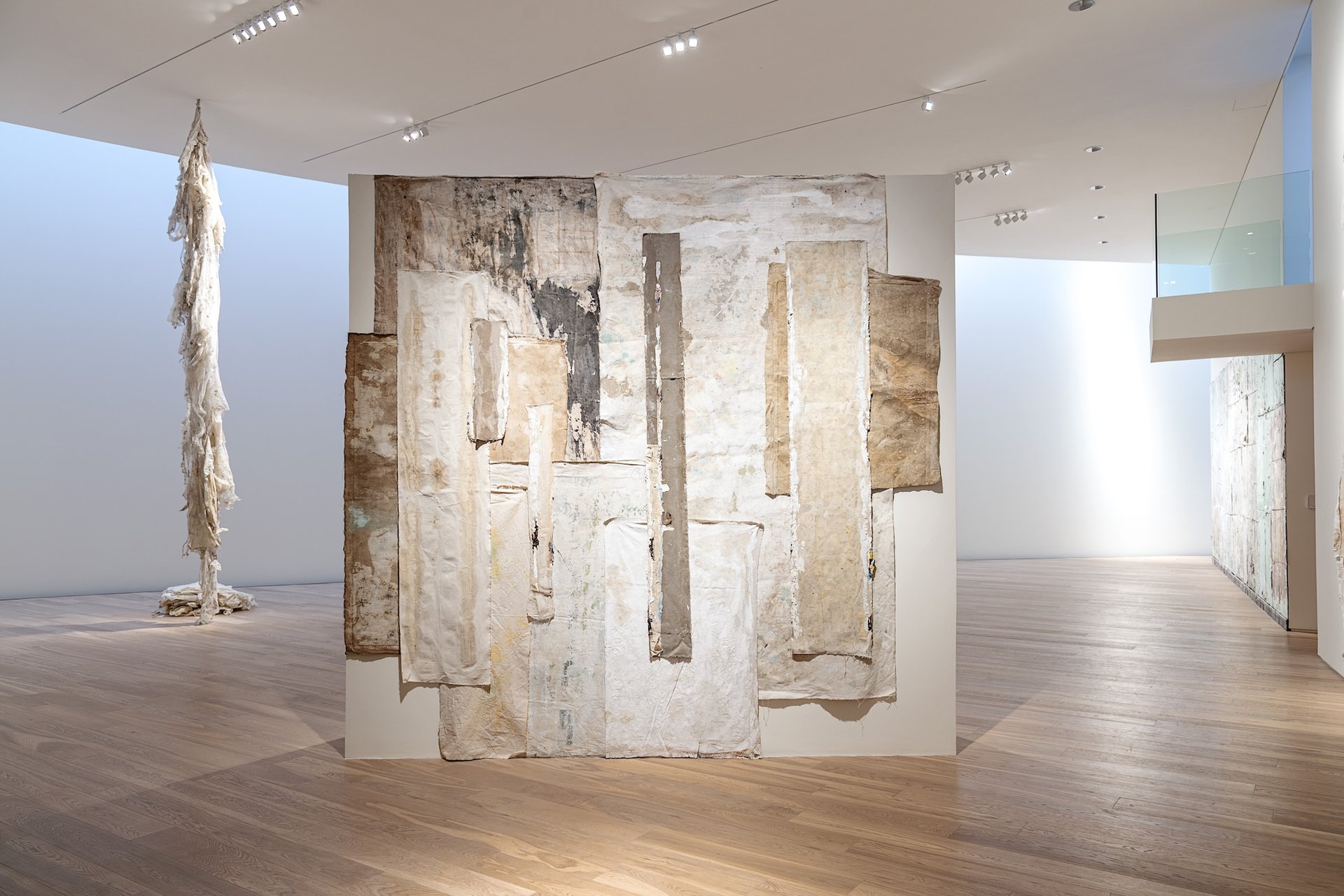
Eduardo Cardozo’s Latente (2024) at Fundación Cervieri Monsuárez Courtesy Fundación Cervieri Monsuárez
FCM has 900 sq. m of space distributed over three floors, with 7m-high ceilings and panoramic views of the ocean. Its architecture is integrated into the landscape with an exterior design that recalls pre-Hispanic forms. On one of its sides, a huge curved granite wall was sculpted using ancient Inca techniques by 20 master stonemasons from Peru, where they work on restoring archaeological sites in Machu Picchu. At FCM’s entrance, a monumental 60-sq.-m iron door merges with the nature around it. The building’s façade combines glass and wood, leading to a double-height main hall lit by a skylight. There is also a gallery in the basement, a rooftop terrace and a shop selling textiles, books and other objects.
With the aim of supporting the visual arts in Uruguay—which is often overshadowed by its larger neighbours Brazil and Argentina—FCM presents three exhibitions per year, giving carte blanche to top Latin American curators to develop unique projects. The space had its grand opening in January 2024 with a three-month exhibition by the Swiss Argentine painter Vivian Suter, curated by Emiliano Valdés of Museo de Arte Moderno in Medellín, Colombia. There was a long break before the next exhibition launched in October, of the Paraguayan artist Claudia Casarino and organised by the independent curator Martín Craciun. In January 2025, a show opened by the Argentine artist Gabriel Chaile, curated by Pablo León de la Barra of New York’s Solomon R. Guggenheim Museum. With the current Cardozo exhibition, FCM is making its move to year-round programming, seeking to energise the local art scene beyond the summer months.
After Cardozo's show, the programme will continue on 27 September with an exhibition by the Indigenous artist Chonon Bensho, focused on the cosmovision of the Shipibo-Konibo people of the Peruvian Amazon. In January 2026, an exhibition with the Mexican artist Ana Segovia will be curated by Magalí Arriola from Mexico City’s Museo Tamayo. In 2027, the cycle will be completed with an open call for artists and an exhibition curated by Aimé Iglesias Lukin, director of the Americas Society in New York.
Behind this ambitious art foundation are the power couple Virginia Cervieri and Pablo Monsuárez, lawyers who work in intellectual property and have global clients including Lacoste, Adidas and Bellini Cipriani. Based in Montevideo, Cervieri and Monsuárez have a passion for art that has led them to found and finance this project in parallel to their own private collection of works by numerous Uruguayan artists.
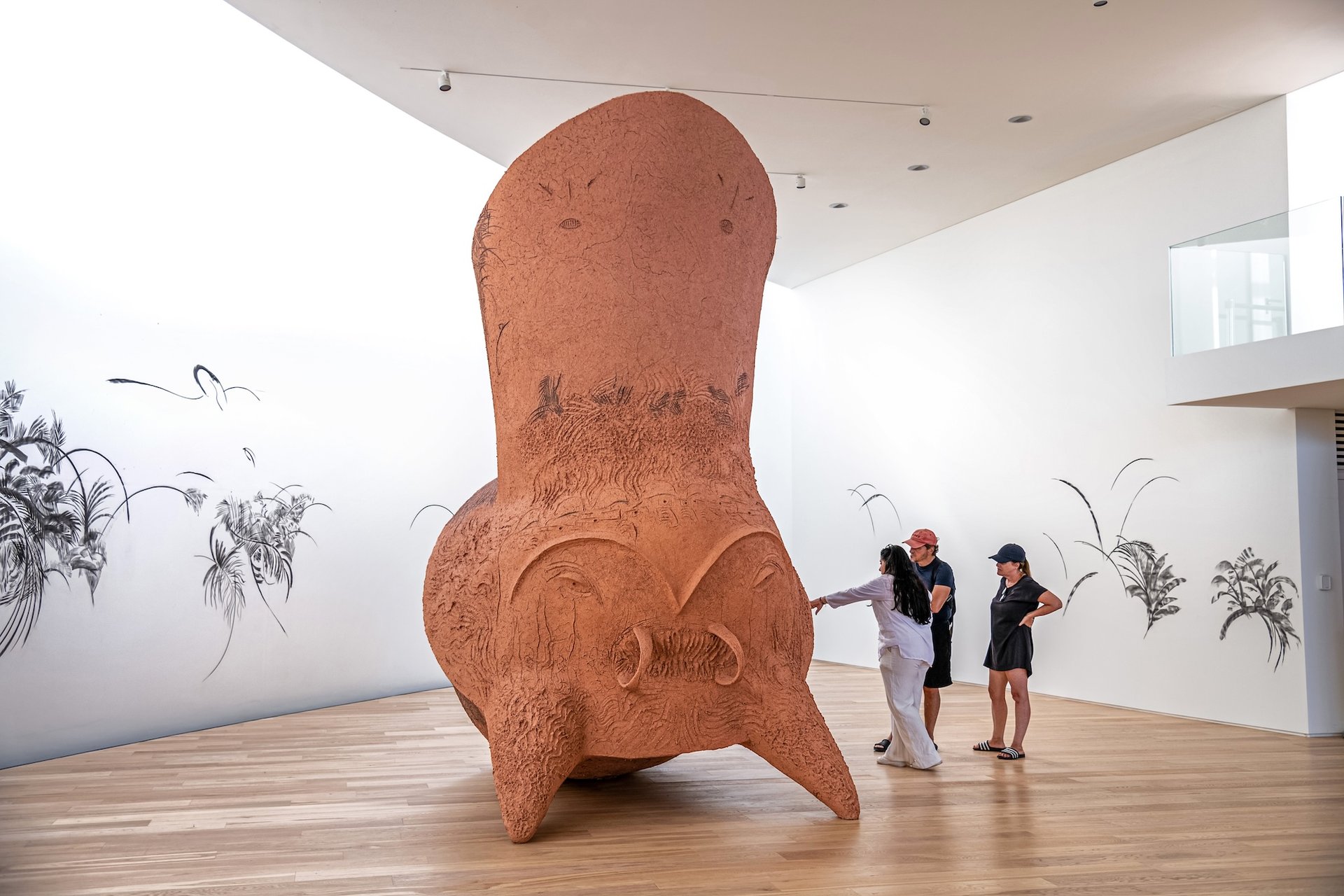
Installation view of Gabriel Chaile’s exhibition at the Fundación Cervieri Monsuárez Courtesy the Fundación Cervieri Monsuárez
FCM joins a growing cultural ecosystem in José Ignacio that includes Skyspace Ta Khut, a 7m-high marble dome by the artist James Turrell; Casa Neptuna, an artist residency in a colourful geometric building run by the Argentine artist Edgardo Giménez; the Museo de Arte Contemporáneo Atchugarry in nearby Manantiales; and the Focus José Ignacio International Photography Festival, among others projects.
The proliferation of arts organisations promoting Latin American artists and curators bodes well for a more robust art scene on the continent. The famous 1930s drawing America invertida by the Uruguayan artist Joaquín Torres-García—one of the most influential Latin American artists of the 20th century—shows a map of the continent upside down to claim an identity of its own without always looking north. In a way, new cultural projects in José Ignacio keep that idea in the air.



